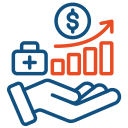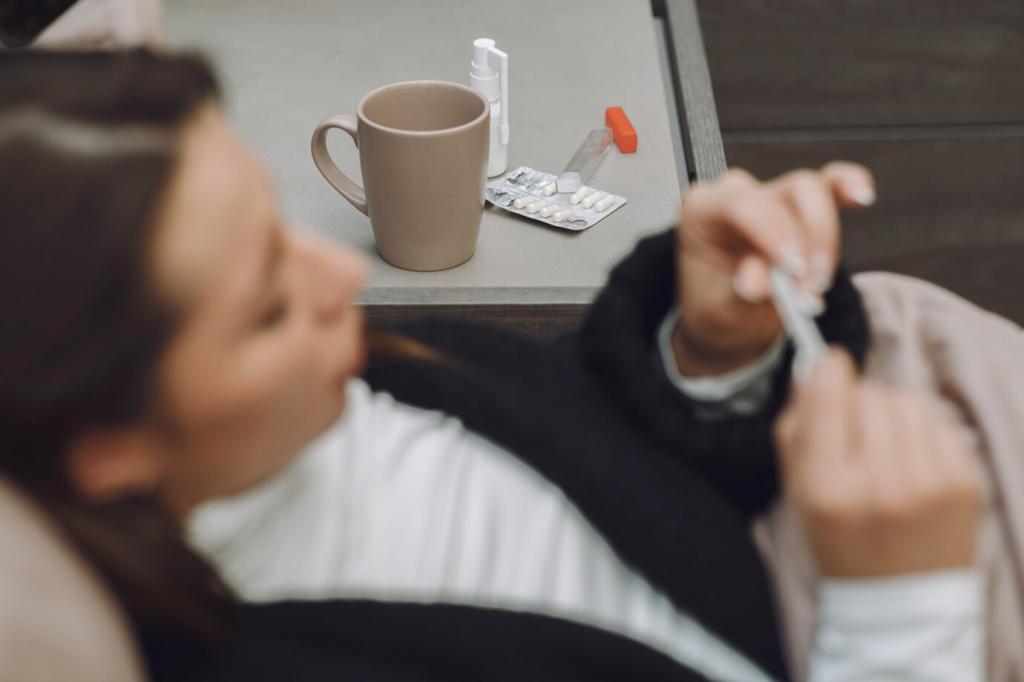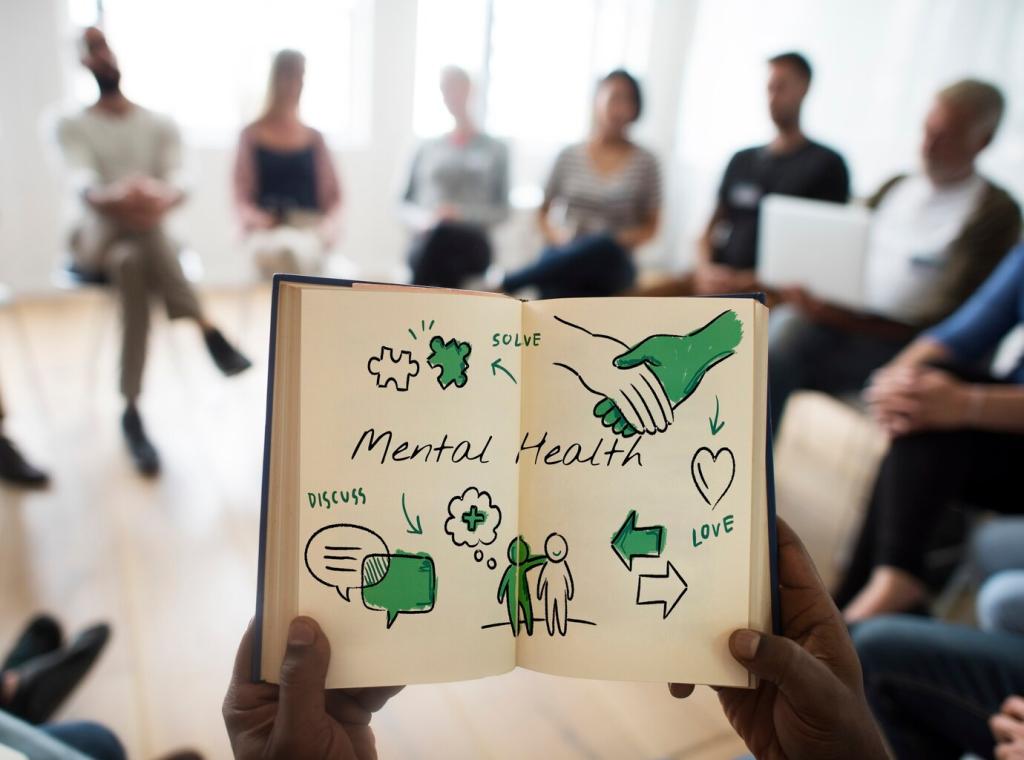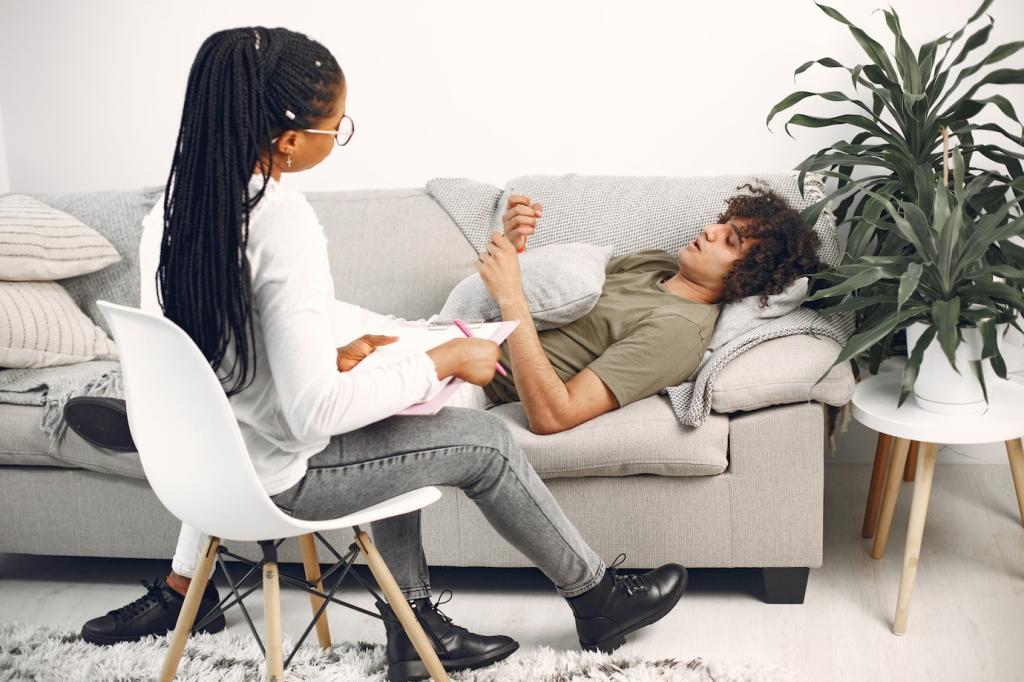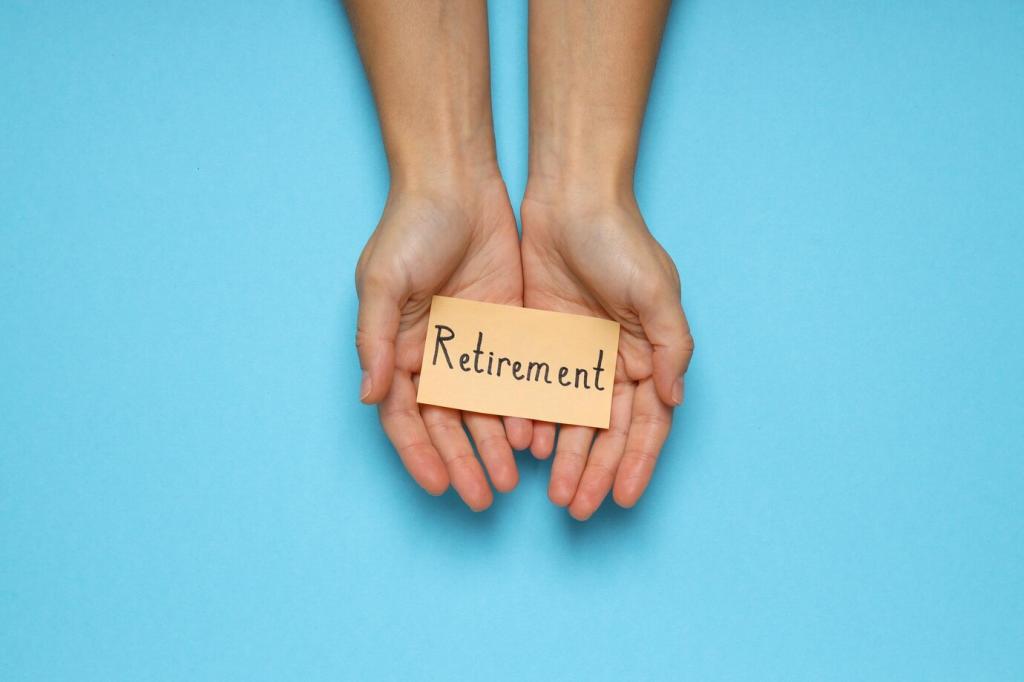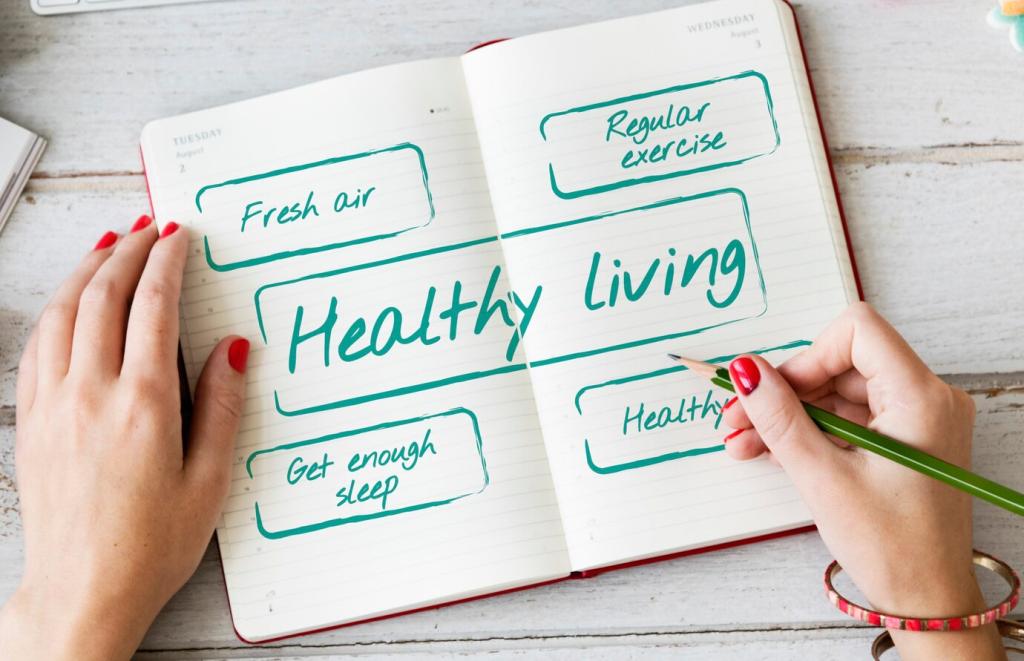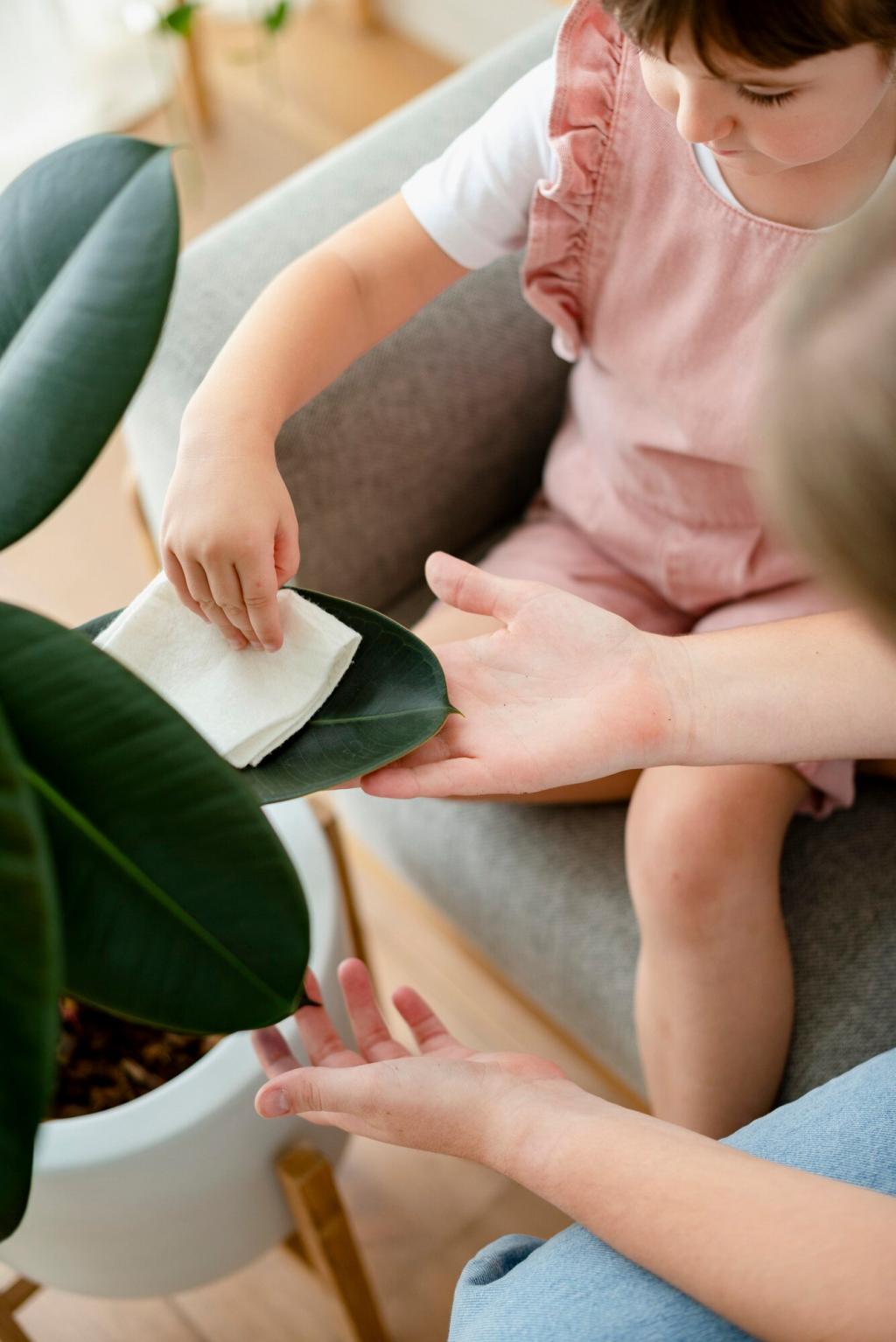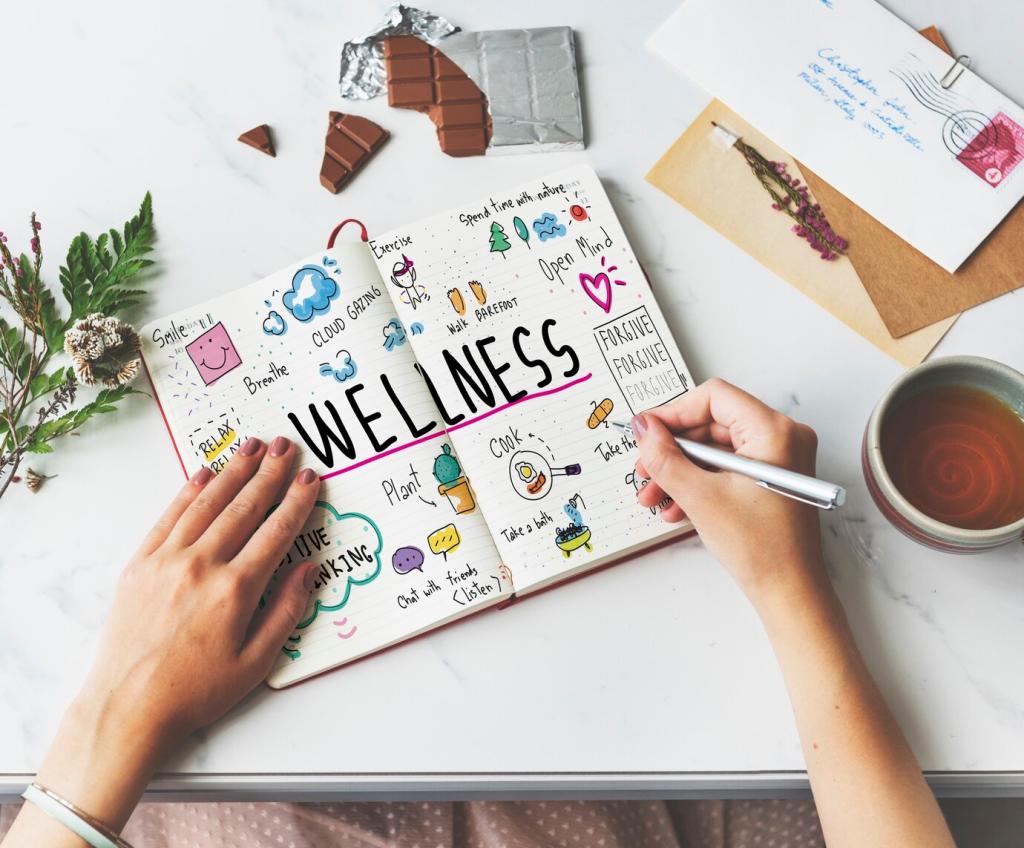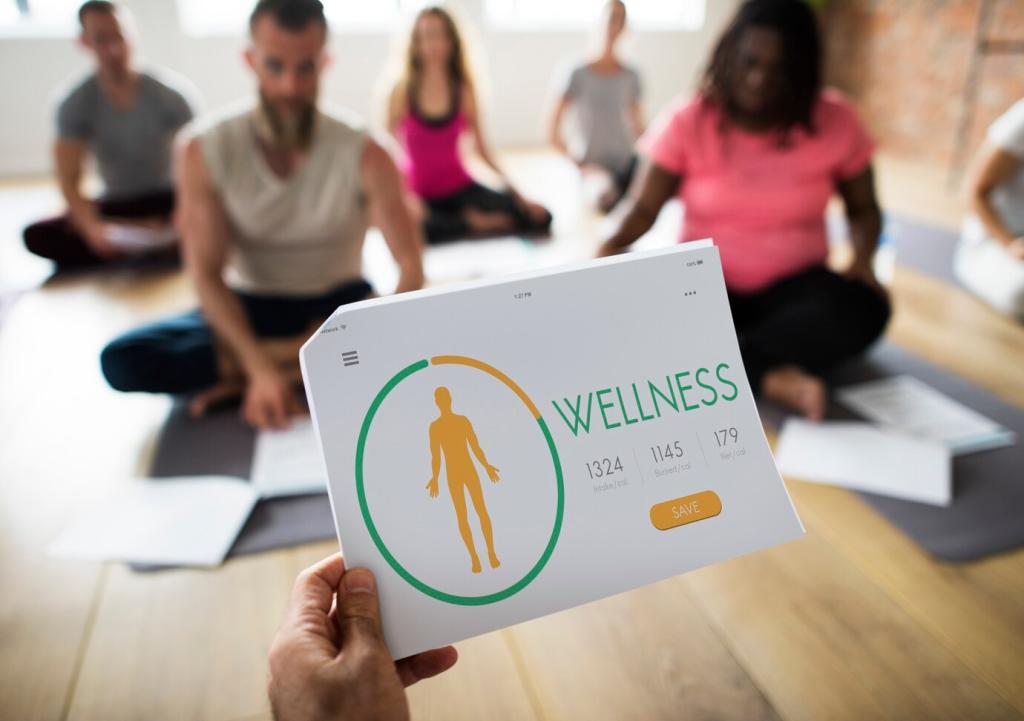Tools, Spaces, and Safety
Choose a small spot with soft light, a blanket, and a box of supplies. Add a note that says, “You are safe to try.” Keep expectations at the door; only curiosity and breath are allowed in this space.
Tools, Spaces, and Safety
Start with washable markers, sticky notes, glue sticks, and scrap paper. Cheap, forgiving materials reduce pressure and fear of waste. If you worry about mess, keep a tray and baby wipes nearby for quick resets.
